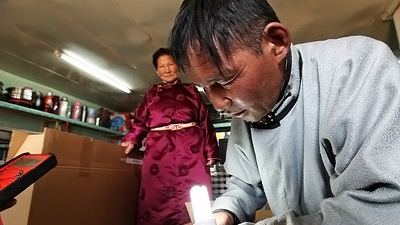Nearly one-sixth of today’s global population – 1.2 billion people – lives without access to electricity. Their businesses can’t operate after dusk, their schools lack power for technology, their children struggle to study by candlelight. The lack of power limits their opportunities, keeping communities in poverty.
Two-fifths of the population – 2.8 billion people – still relies on solid fuel such as wood, charcoal, dung, and coal for cooking and heating, resulting in three and a half million deaths every year from the effects of indoor air pollution.
Delivering reliable energy services for economic development and providing access to electricity and modern household energy services to these billions living without it is essential to reducing poverty and building shared prosperity. That is why expanding access to energy, along with accelerating energy efficiency and renewable energy, is at the core of the World Bank Group’s future work in the energy sector, as described in a new Energy Sector Directions Paper discussed by the Bank Group’s Executive Board on July 16. With the Executive Board’s support, the World Bank Group will use the paper to inform its operations going forward.
The paper states that the World Bank Group will make every effort to “minimize the financial and environmental costs of expanding reliable energy supply” while also recognizing that “each country determines its own path for achieving its energy aspirations.” It emphasizes the importance of selecting areas in which the Bank Group can best help countries mobilize energy solutions that reduce poverty sustainably.
World Bank Group President Jim Yong Kim, who led the discussion with the Executive Board, said the paper’s directions are anchored in the World Bank Group’s overarching goals of reducing the global rate of extreme poverty to 3 percent by 2030 and fostering the income growth of the bottom 40 percent in every country.
“We need affordable energy to help end poverty and to build shared prosperity,” Kim said. “We will also scale up efforts to improve energy efficiency and increase renewable energy—according to countries’ needs and opportunities.”


